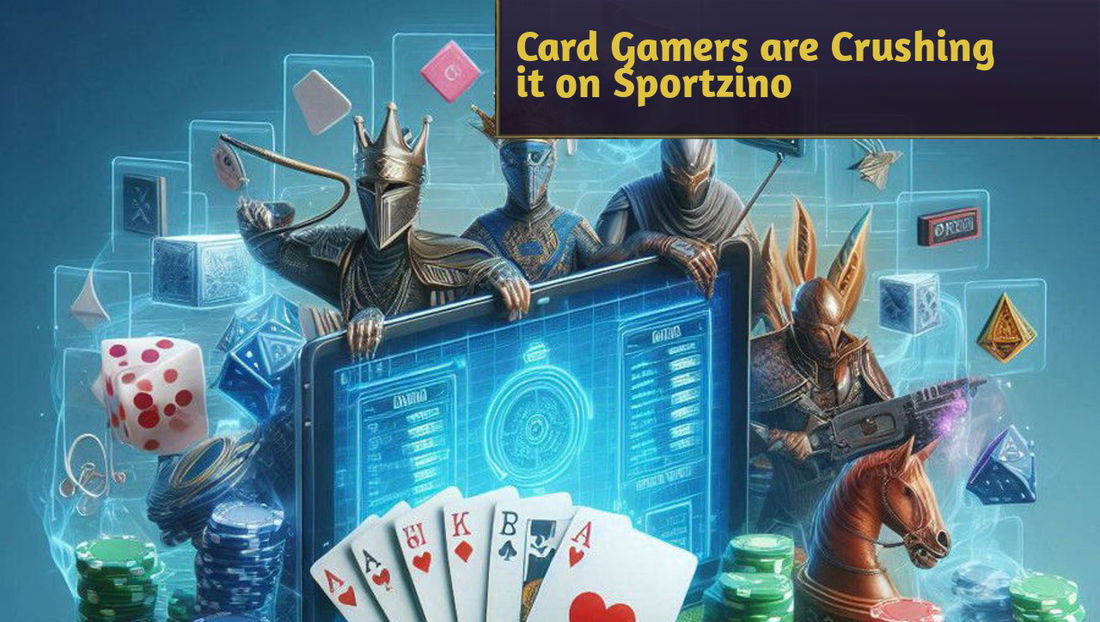Digital gaming worlds have long since evolved from mere entertainment into complex economic systems. Payments are made not just for access, but for skins, coins, boosters, or new levels – often with just a few clicks.
What used to be a simple game purchase is now a finely tuned network of microtransactions, subscriptions, and virtual currencies. Real money flows in the background – often invisible, but crucial to the business model of many providers.
This article sheds light on how digital payments work in online games, which methods are particularly popular, and how this is changing player behavior.
Pay, gamble, keep playing – how online casinos shape the payment flow
Online casinos are among the most profitable sectors of the digital gaming world. Fast access to games of chance, around the clock and without a dress code, attracts millions of users worldwide. But the system behind it is barely visible: payment processing.
To ensure smooth deposits and withdrawals, providers rely on a wide range of payment methods. In addition to traditional options like credit cards and instant bank transfers, modern services like Google Pay or Trustly are available and also possible with apple pay. Speed, security, and discretion are paramount.
Trust plays a key role, especially when dealing with large amounts. Therefore, many platforms rely on transparent processes, SSL encryption, and licensing by government regulators. Ease of use and mobile payment methods make the process virtually invisible—a key success factor in a highly competitive market.
Virtual Money – Real Behavior
Many online games no longer use direct euro amounts, but rather specially created in-game currencies. Whether gold coins, diamonds, or credits – payment is made in a dedicated global currency, which is often purchased in packages with real money.
The principle behind this is deliberate: Anyone who converts real money into virtual currency quickly loses the sense of real value. 9.99 euros for 1,200 crystals? That sounds far less tangible than a direct purchase. This is precisely what makes microtransactions so successful.
Such systems are particularly effective in games with reward loops and time pressure. Those who want to progress faster often reach for their wallets – or rather, for digital payment methods. The combination of psychological mechanics and an embedded payment system significantly increases revenue.
Paying Securely in the Digital Space
Where money is involved, security is essential. Online games and casinos therefore rely on various measures to secure payments and build trust.
Technically, modern encryption methods such as SSL or TLS are used. These protect sensitive data such as credit card numbers or login information from third-party access. Two-factor authentication is also often offered, for example via apps or SMS codes.
Legal developments have also taken place. In the EU, regulations such as the Payment Services Directive (PSD2) are in effect, which prescribes stricter security standards. Online casinos are also subject to special licensing requirements – for example, from the Malta Gaming Authority or the German Joint Gambling Authority.
These standards are not only legally binding but also reinforce the trustworthiness of the providers. After all, only those who feel secure can also pay with confidence.
Crypto, AI, and New Ways of Payment
The world of online payments is developing rapidly – and the first changes are also becoming apparent in the gaming industry. Cryptocurrencies such as Bitcoin and Ethereum are gaining importance, especially on platforms that focus on anonymity and decentralization.
Some online casinos and gaming portals already accept crypto payments. These enable fast, cross-border transfers without banks or payment service providers. This brings advantages, but also poses new risks, such as price fluctuations or a lack of regulation.
At the same time, AI-supported payment systems are gaining ground. They analyze user behavior, recognize patterns, and suggest personalized payment methods or limits. Fraud prevention is also becoming more intelligent and faster.
Whether cryptocurrencies or automated payment processes – one thing is clear: the payment process will become even more seamless, personalized, and complex in the future.
Conclusion: Money that works in the background
Payments are the invisible backbone of many online games and casinos. Whether through virtual currencies, mobile wallets, or new technologies like cryptocurrencies, the way money flows digitally influences the gaming experience just as much as the graphics, story, or gameplay.
What used to be a one-time purchase is now a complex ecosystem of small, often impulsive transactions. Many systems are designed to function intuitively and smoothly—making them convenient for users and highly profitable for providers.
At the same time, the demand for transparency, security, and regulation is growing. The more deeply payments are embedded in the gameplay, the more responsibility lies with developers and platform operators.
Anyone who truly wants to understand digital games must therefore also keep an eye on the mechanisms behind payment transactions—because this is often what determines what makes a game successful, engaging, or problematic.










— Comentarios 0
, Reacciones 1
Se el primero en comentar